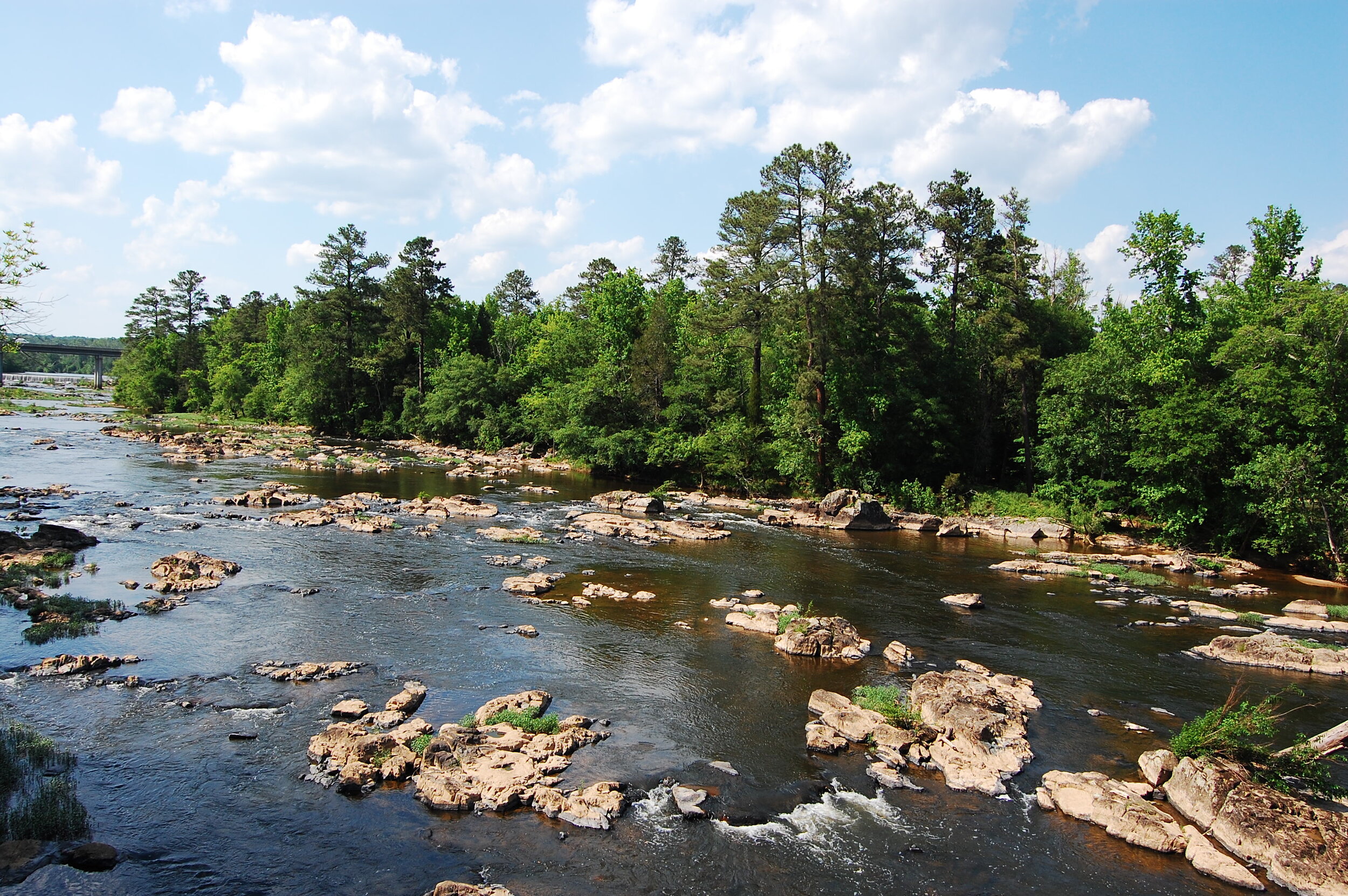
Keeping the Pulse of our Haw River
The Haw River Watch gives us a clearer picture of the health of the Haw River by determining the type and location of pollution sources.
State of Your Haw River
By conducting four seasonal “snapshot” surveys per year, River Watch volunteers document water quality across the tributaries and riverbanks of the Haw. Teams are trained and equipped to monitor water quality through biological, chemical, and visual parameters. Working with the Haw Riverkeeper, volunteers act as guardians of their streams and notify state agencies if water quality is threatened
What We Monitor and Why
-
E.coli bacteria
the EPA has set a beach action value of no more than 200 MPN for E.coli in recreational waters in order to protect human health. This parameter helps indicate the overall safety of coming into contact with water at your local river, lake, or stream when it’s time to swim, paddle, or fish. We monitor 11 locations throughout the Haw River watershed and Jordan Lake.
-
Conductivity
Conductivity is the measurement of how well the water conducts electricity through its content of ions . Naturally occurring ions include calcium and magnesium, but urban streams and rivers are also subject to pollution from sewage overflows, industrial discharges, and stormwater runoff containing nitrate, phosphate, chloride, salt, and metals ions.
-
Dissolved Oxygen
Dissolved Oxygen is the measurement of how much oxygen is present in the water and available to aquatic organisms. Dissolved Oxygen enters non tidal freshwater streams and rivers through physical mixing at shallow stream riffles and man-made structures and as a by-product of photosynthesis by algae and aquatic plants.

Monitoring and Protecting the Haw
is made possible by the efforts and support of our members and volunteers!

